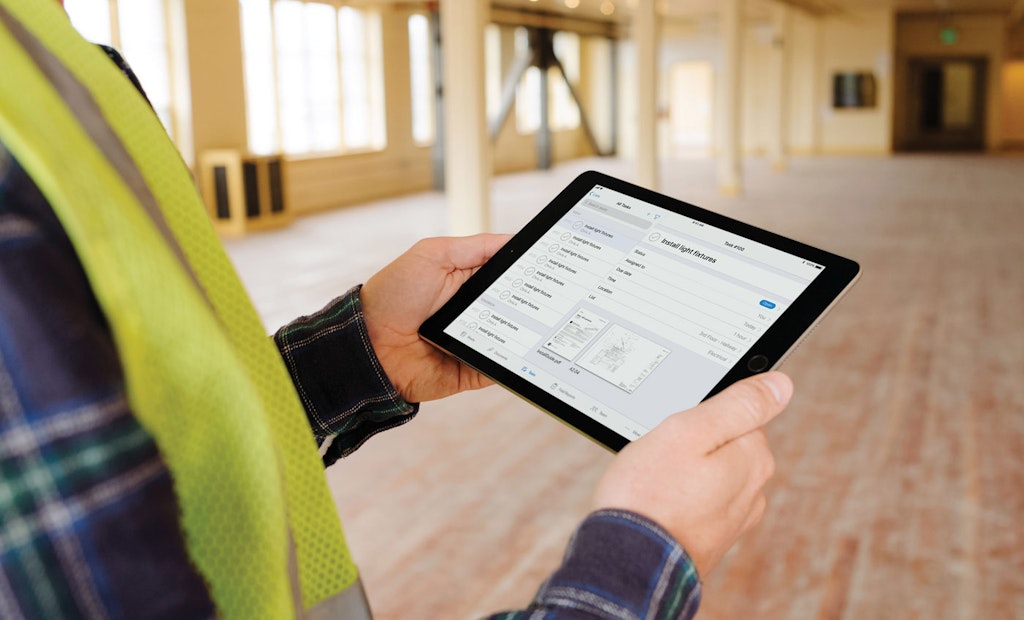
PlanGrid offers a mobile extension of its web-based productivity software, which stores and manages project plans, and aids in communication.
Add up all the time lost while struggling to find the right equipment or product in a truck, workshop or warehouse; now picture eliminating all that wasted time with a single simple tool.
That’s the essence of mobile applications.
Every time you’ve needed to go back to the...






